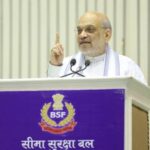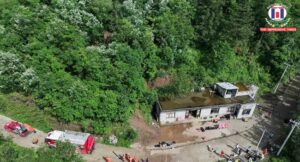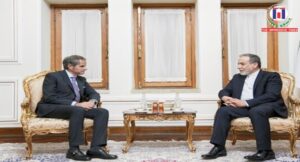
New Delhi, May 16: Defence Minister Rajnath Singh is scheduled to visit the Bhuj Air Force Station in Gujarat on Friday, where he will interact with officers and jawans, reaffirming the government’s commitment to strengthening the morale of the armed forces.
During his visit, the Defence Minister will also pay homage to the victims of the devastating 2001 Gujarat earthquake at the Smritivan Earthquake Memorial and Museum, located on Bhujiyo Dungar in Bhuj. The memorial, a visionary project of Prime Minister Narendra Modi, serves as a tribute to the thousands who lost their lives in the calamity and showcases stories of resilience and recovery.
Taking to social media platform X (formerly Twitter) before departing for Gujarat, Singh wrote, “Leaving New Delhi for Bhuj (Gujarat). Looking forward to interact with our courageous Air Warriors at Bhuj Air Force Station. Also, I shall be visiting Smritivan — a memorial and museum envisioned by PM Shri Narendra Modi as a tribute to those who lost their lives in the 2001 earthquake.”
The Defence Minister’s visit comes a day after he was in Srinagar, where he reviewed the security situation in Jammu and Kashmir. At the Army’s 15 Corps Headquarters, Singh was briefed by senior military officials on the prevailing conditions in the region and the preparedness of the armed forces. He also interacted with the soldiers stationed there, appreciating their dedication and commitment to national security.
Singh’s back-to-back engagements with the Army and Air Force highlight the government’s focus on defence preparedness and the welfare of personnel deployed across diverse terrains and operational challenges.
The Bhuj Air Force Station has played a critical role in various defence operations, including rescue and relief missions. Singh’s interaction with the personnel is expected to boost the morale of the troops and underscore the strategic importance of the region in India’s security architecture.
His visit to Smritivan is also expected to draw attention to the importance of disaster preparedness and the collective memory of national tragedies.












No Comments: